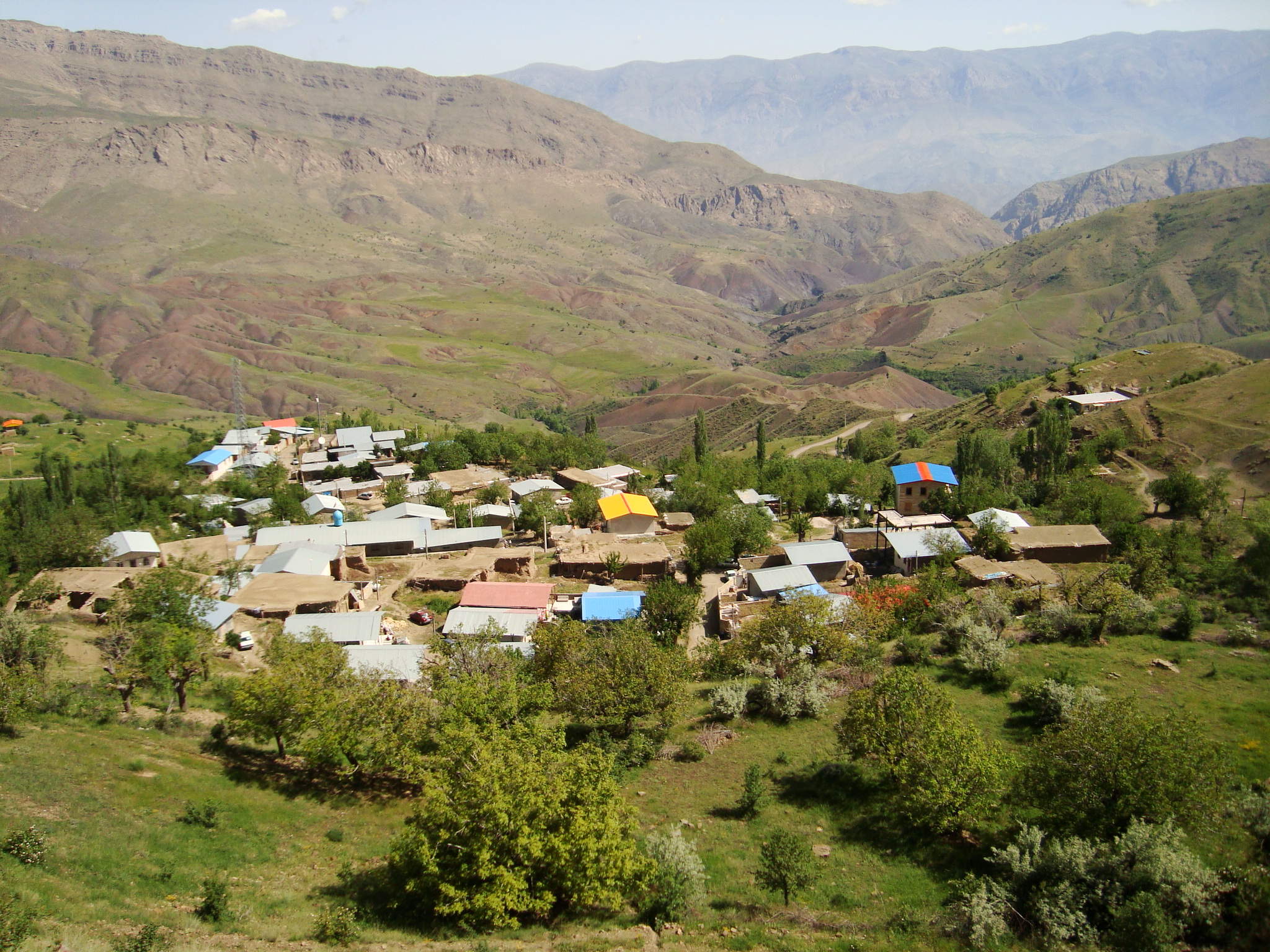The number of displaced people has increased considerably with lakes, wetlands and rivers gradually drying up due to less rainfall for several years in a row.
The drying up of Hamoun Wetlands (located in parts of southwestern Afghanistan and southeastern Iran) has made many households poorer and forced people to migrate mostly from Zabol in southeastern Sistan-Baluchestan Province to other cities, including Tehran.
The wetlands have faced intense pressure during the last decade and are currently in a state of ecological crisis with major impacts on biodiversity and socioeconomic conditions. The main reason for this situation is reduced precipitation due to climate change leading to an increase in dust and sandstorms.
Several of the migrant families lived in makeshift homes around Qods city (Qal'e Hassan Khan) on the southwestern fringes of the capital Tehran.
To discourage the growth of informal settlements around Qods, the city's governor in a highhanded move ordered the shanty homes to be set on fire after evicting residents from their homes. The informal settlements have now been reduced to rubble and burnt mud, "but for sure, such action won't solve the problem," said a member of the Society of Students Against Poverty, the Persian language newspaper 'Iran' reported.
Ali Asvat Hashemi, the governor of Sistan-Baluchestan, recently stated that "12% of villages in the country are located in his province and the authorities should take note of this fact."
The last decade saw an influx of migration from the southeastern province to Khorasan Razavi, Tehran and Golestan. "A total of 20% of the people have moved to Golestan in the northeast."
Golestan is one of the nearest provinces to Sistan-Baluchistan and in the past the Balouch migrants could buy agricultural land or find jobs as farm workers. However, at present, the province cannot meet the needs of the rising migrating population anymore.
Piped Irrigation System
In March 2014, a plan to use subsurface irrigation system in drought-ravaged Sistan-Baluchestan was proposed by the Agriculture Ministry and was approved by the Majlis despite the high costs. The entire $500 million funding for the project came from the National Development Fund of Iran.
The project aims to transfer half of Iran's water share from Helmand River (400 million cubic meters per year) to farmlands in the province through piped irrigation system which will supply water from the river to the agriculture lands. It is expected to provide water to 10,000 hectares by the end of the current year in March 2017.
After the project completion, the water is expected to irrigate 46,000 hectares in Sistan-Baluchestan, and make farming more sustainable.
The Helmand River (also known as Hirmand) is the longest river in Afghanistan and the primary watershed for the endorheic Sistan Basin.
The river which stretches 1,150 km originates in Afghanistan's Hindu Kush Mountains, about 80 km west of Kabul, and ends in Hamun-e-Helmand lake region around Zabol at the Iranian border.
Its waters are essential for farming in Afghanistan, but it feeds into Lake Hamoun and is also important for farmers in Sistan-Baluchistan. At present, construction of large dams on some parts of the river has caused Lake Hamoun to nearly disappear.
Alireza Khosravi, director of Iran's Cultural Heritage, Handicrafts and Tourism Office in Zabol says, "In the past people would use the 120-days wind to power wind-mills and cool the air; however, the dried up wetlands and river beds have consigned the region to perdition."
According to the UNDP in Iran, mismanagement of water resources in Sistan Basin, expansion of agricultural lands, using traditional irrigation systems and low water efficiency, inappropriate cropping pattern, water control in Afghanistan, introduction of non-native species of aquatic plants and over exploitation of pastures are the other reasons for the current situation of the wetlands.
Relocation and Dislocation
A report released by the Statistical Center of Iran (SCI) states that during the five-year period from 2007- 2011 more than 5 million people have relocated within the country.
From among the 31 provinces, 18 are considered "senders" of migrants while 13 were "recipients".
People migrate for many different reasons which can be classified as economic (to find a job), social (in search of a better quality of life), and environmental (consecutive years of drought and air pollution); however these factors can influence each other, salamatnews.com reported.
The SCI report further said that Alborz, Isfahan, Gilan, Yazd, and Mazandaran, are the top five provinces receiving the most number of migrants due to their better climatic and environmental conditions.
In contrast, Sistan-Baluchestan, Khuzestan, Kermanshah, Lorestan, and Fars provinces have been reported "as the largest senders of migrants due to unfavorable environmental conditions and other reasons."
Many migrants (mostly rural people) say they wouldn’t leave if they had acceptable levels of facilities in their towns and villages.
Currently, several thousand villages in various parts of the country have been almost totally deserted and in fact abandoned partly due to the consecutive years of drought in 15 years that saw a large influx of people migrating to cities in search of jobs.
Earlier, experts had warned that if the trend continues, the rural population will further decline to 22% by the year 2031.


